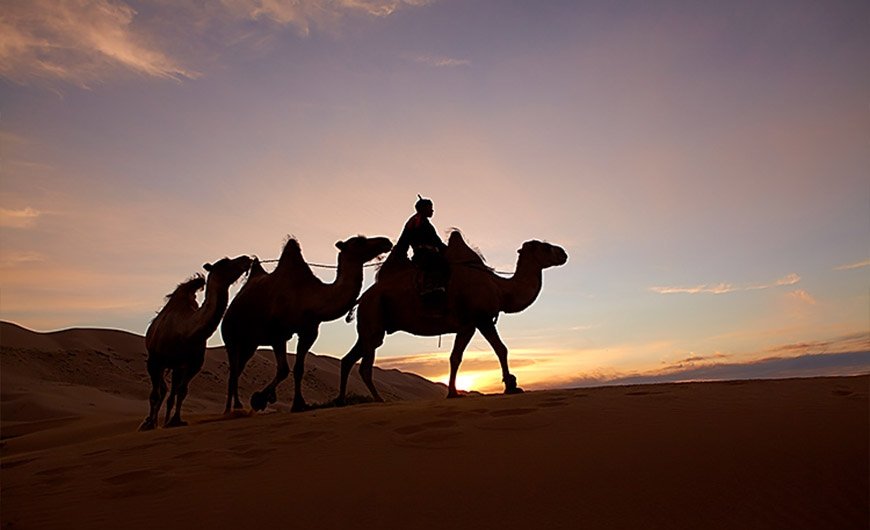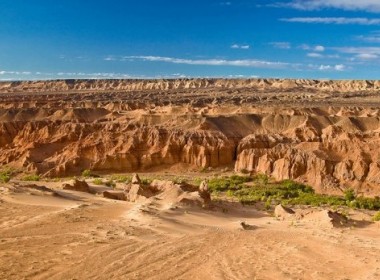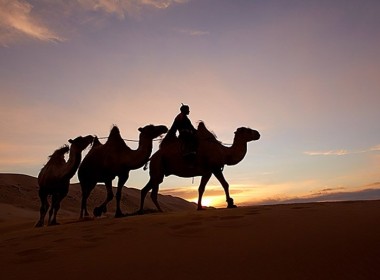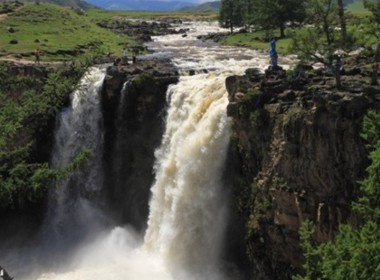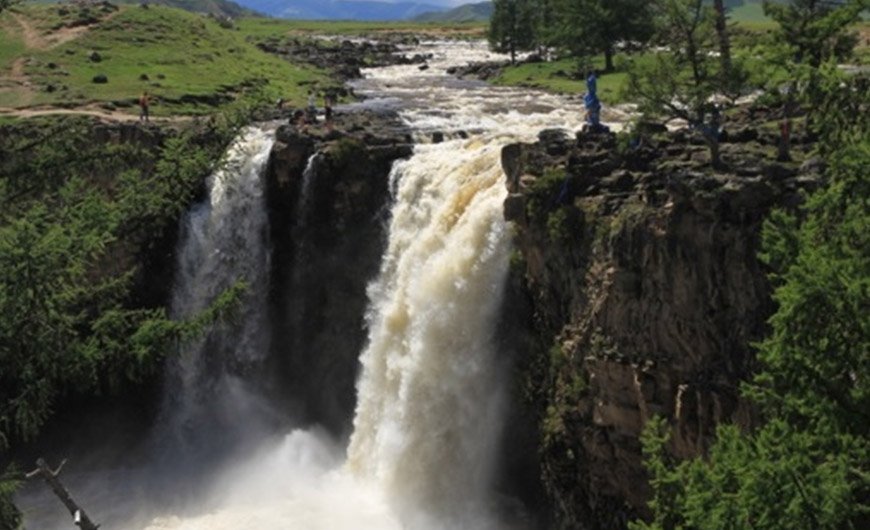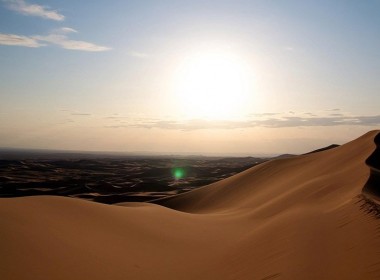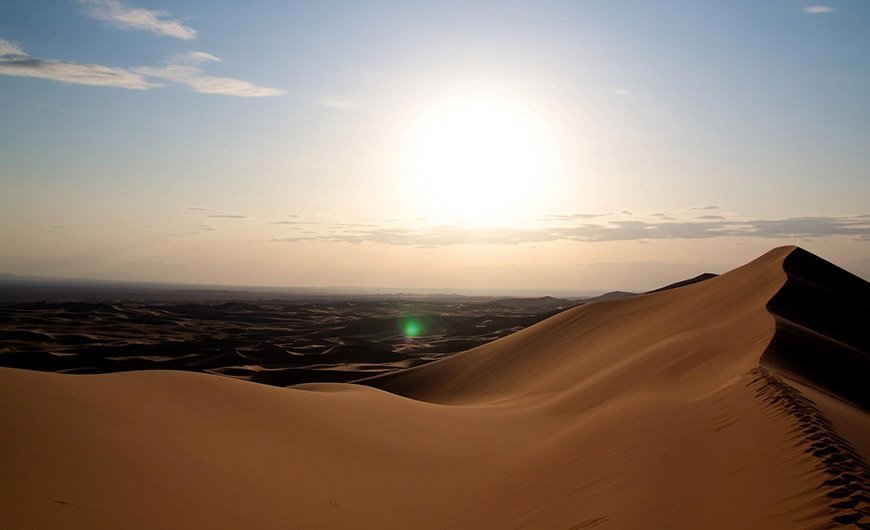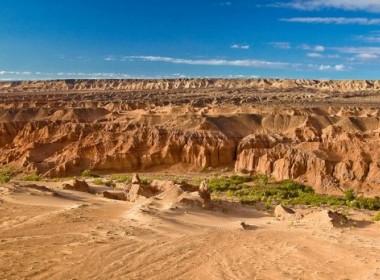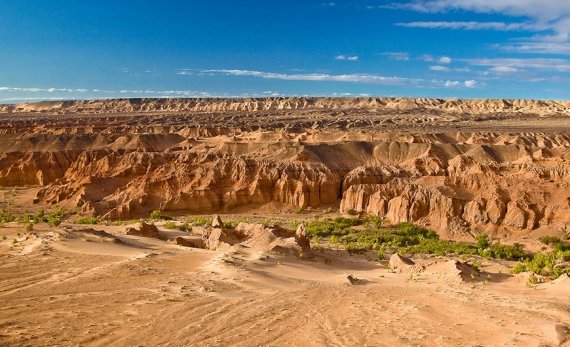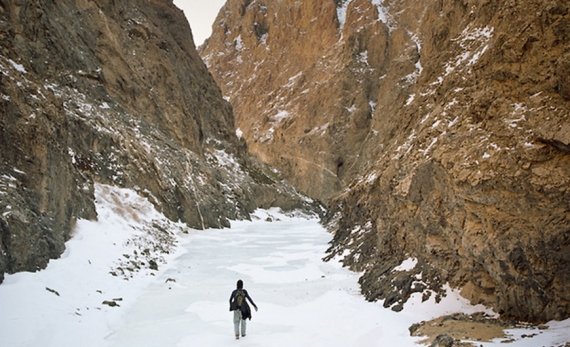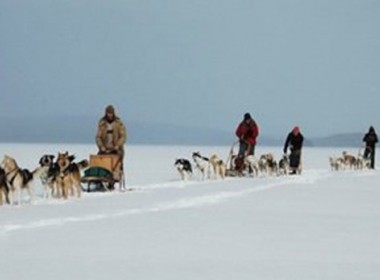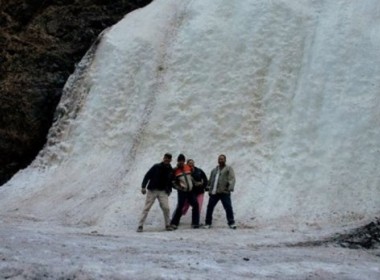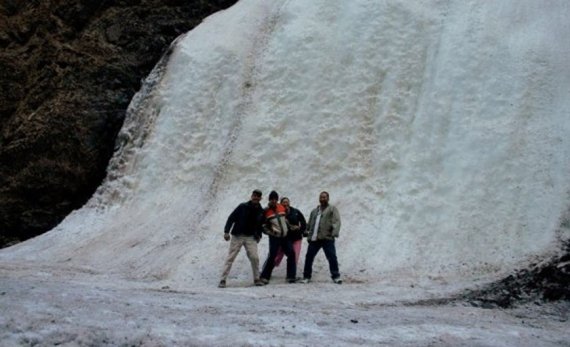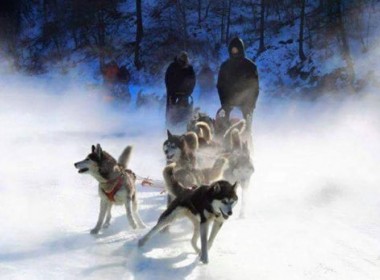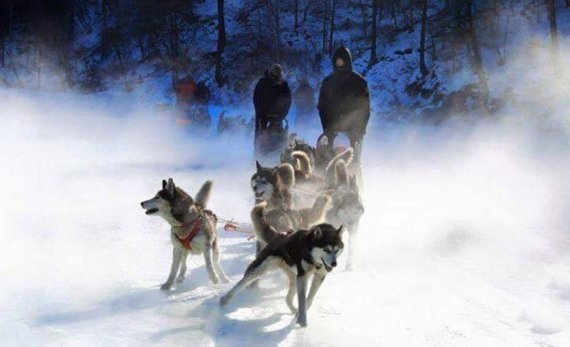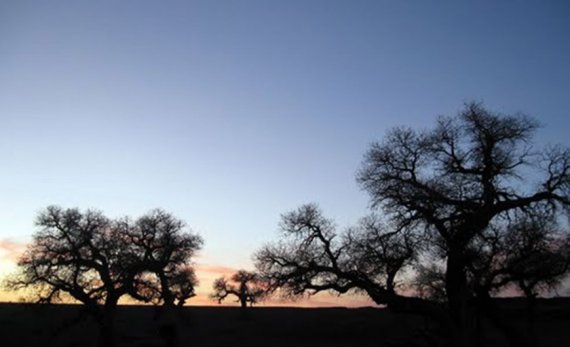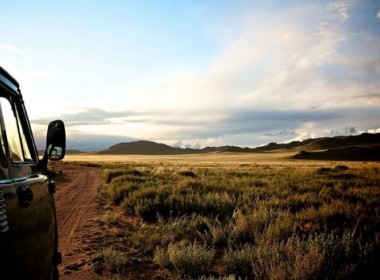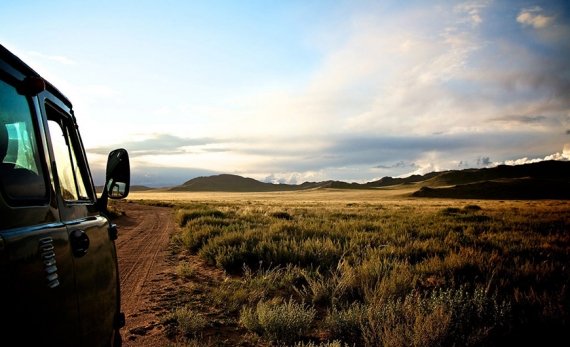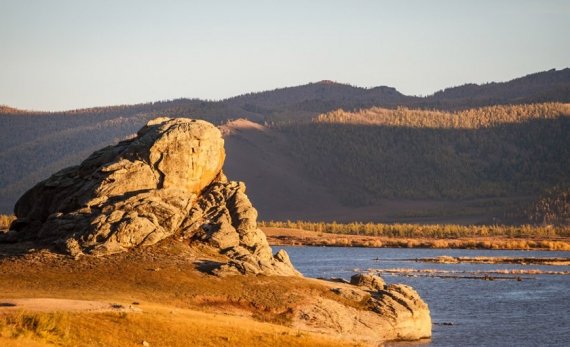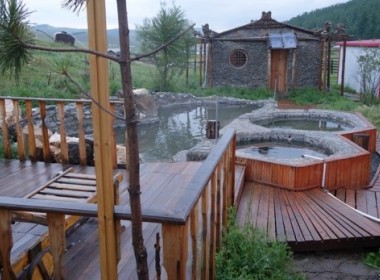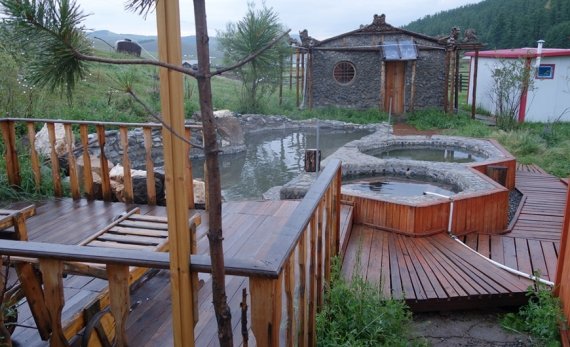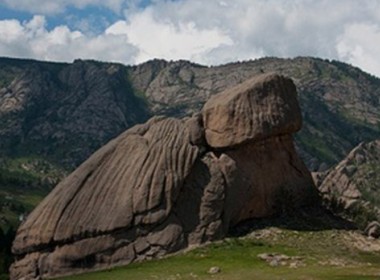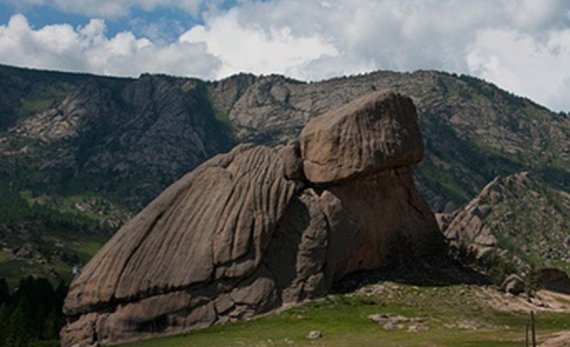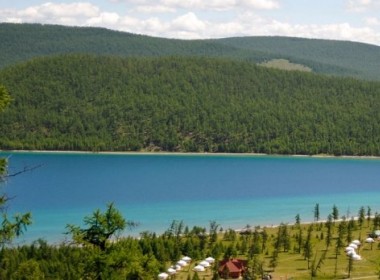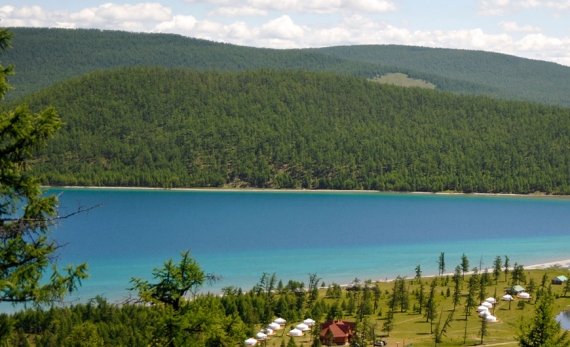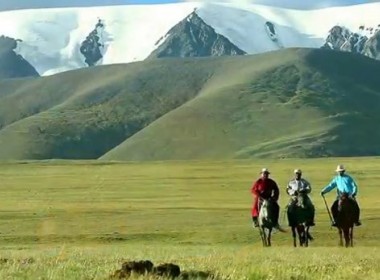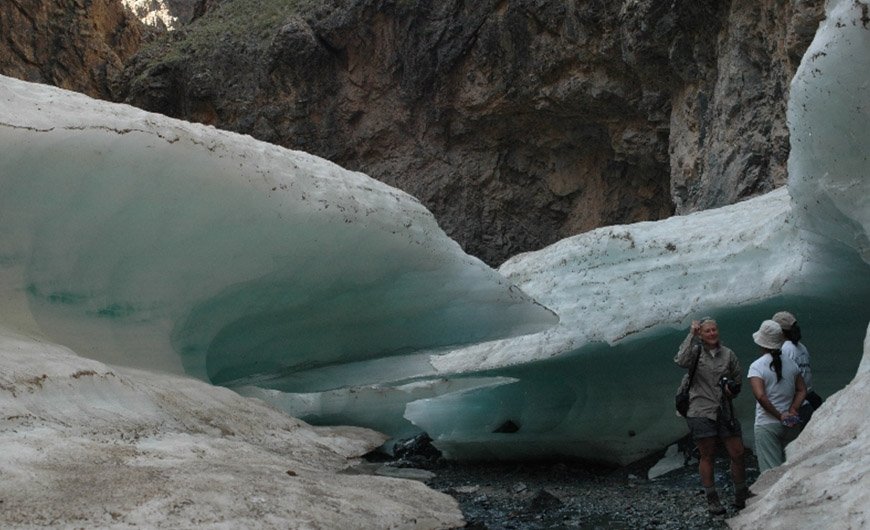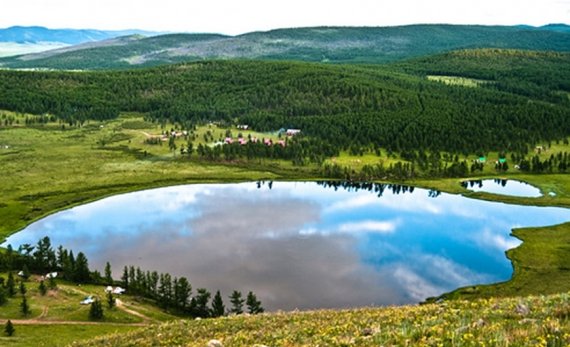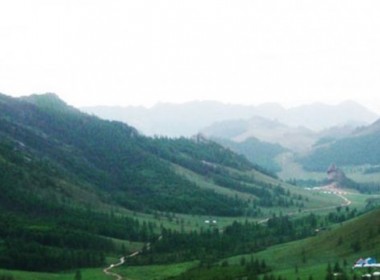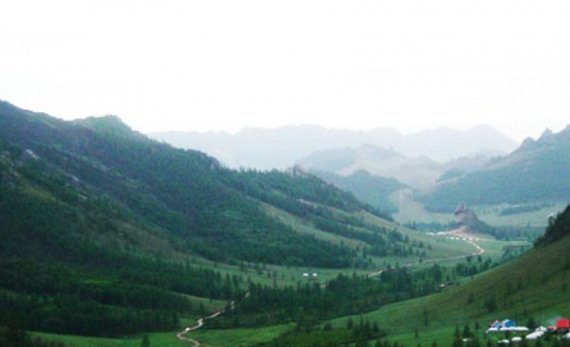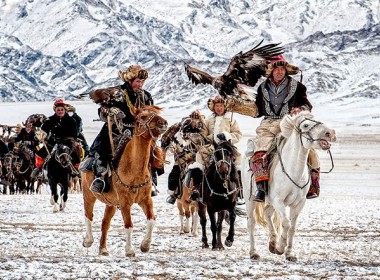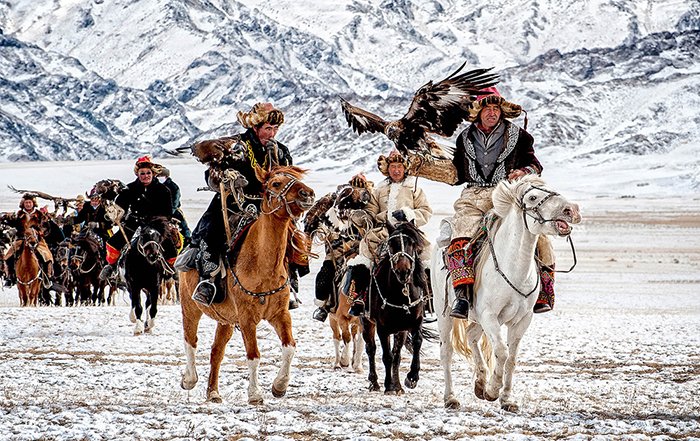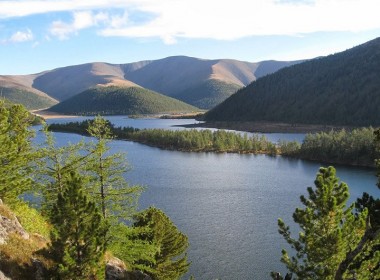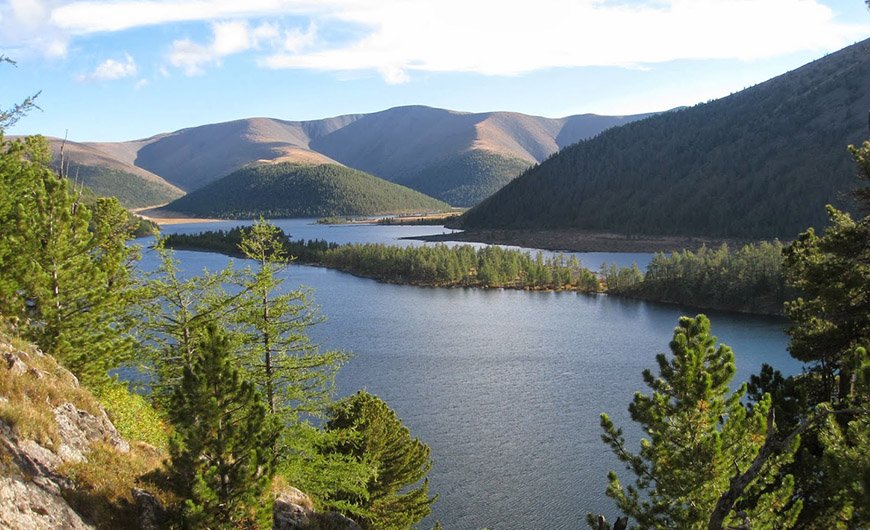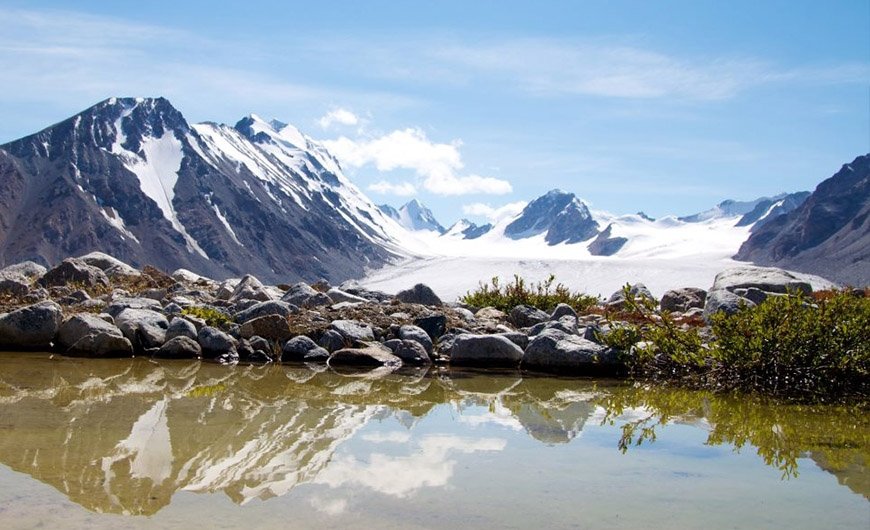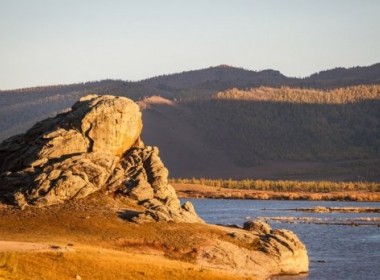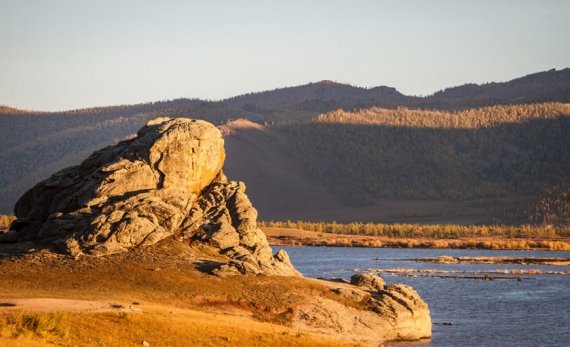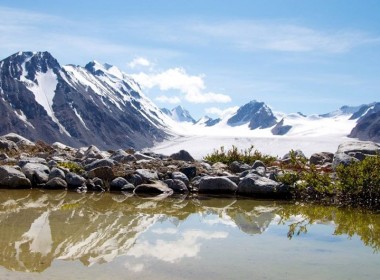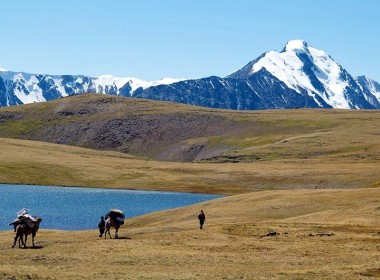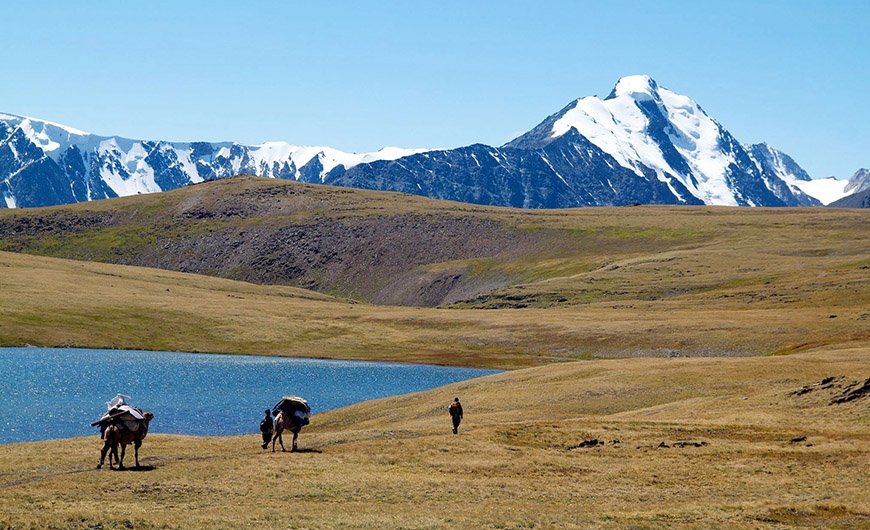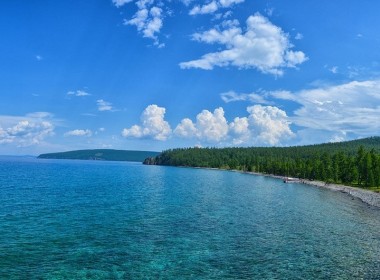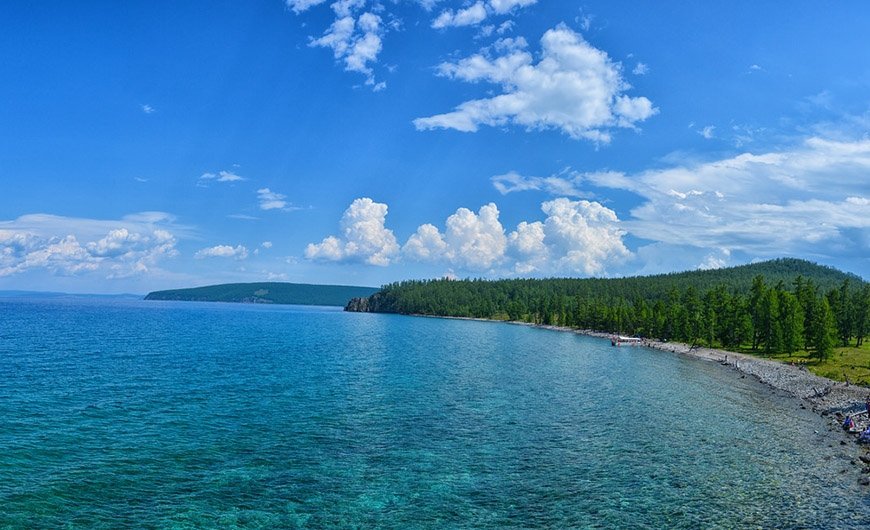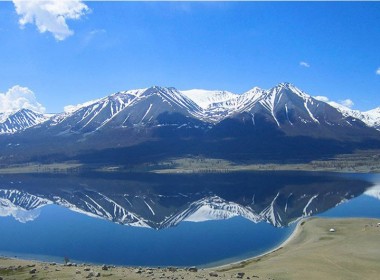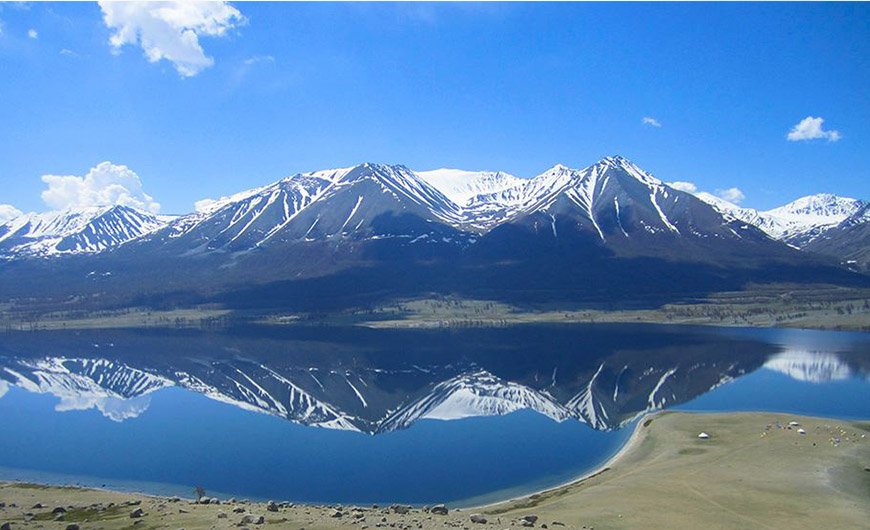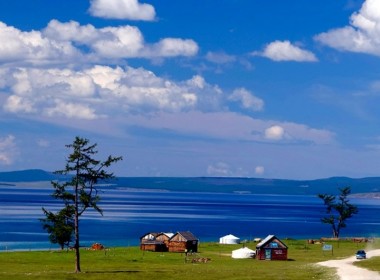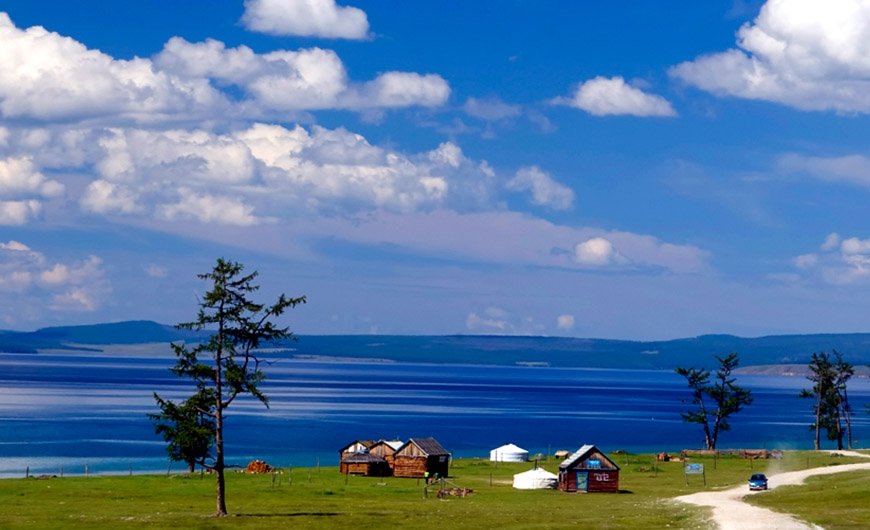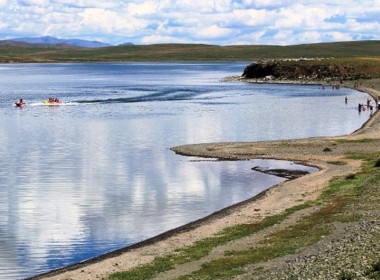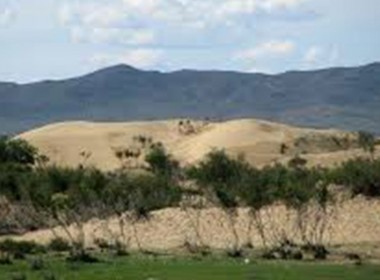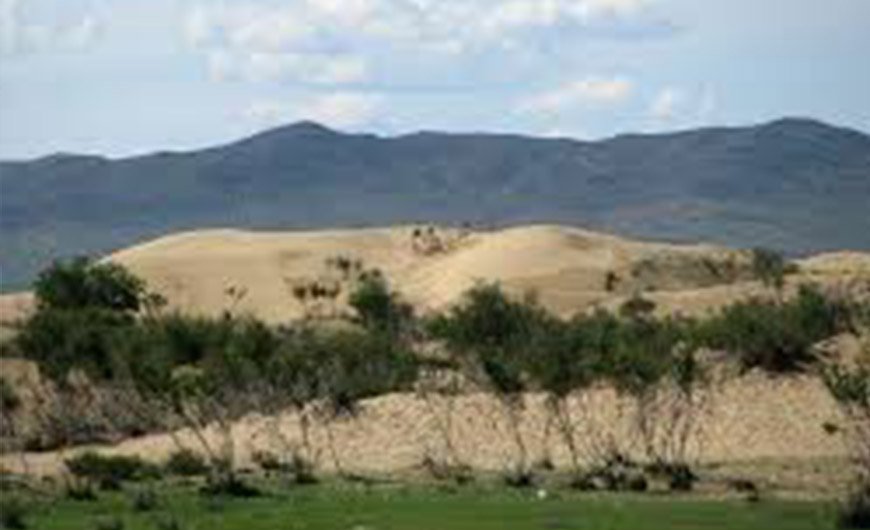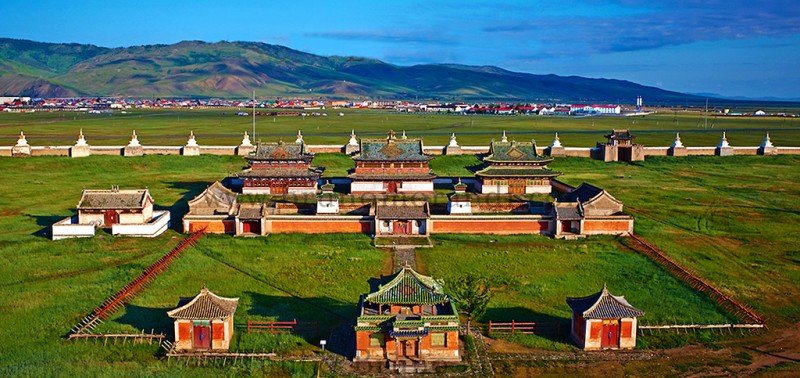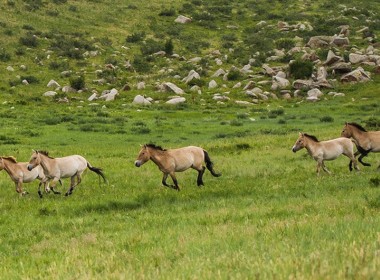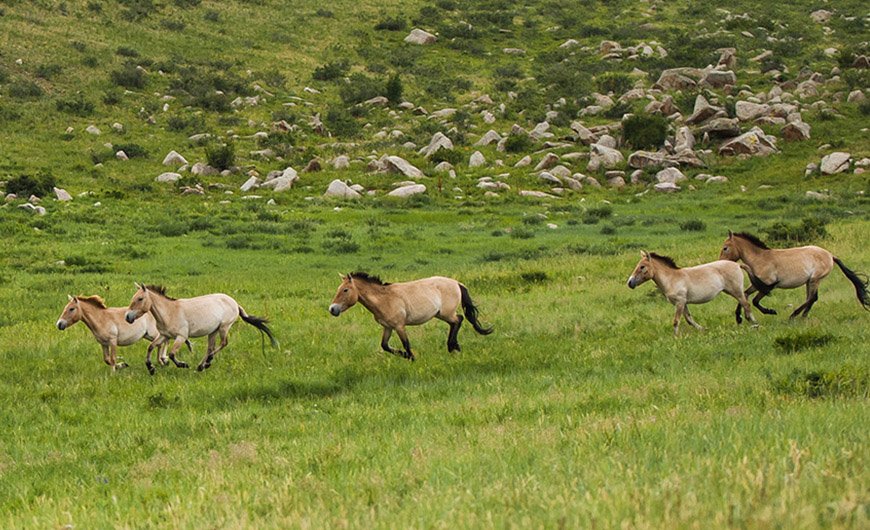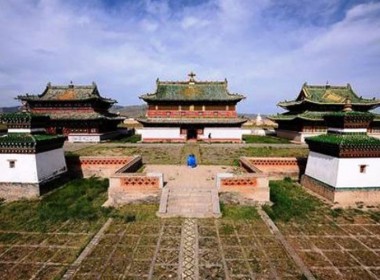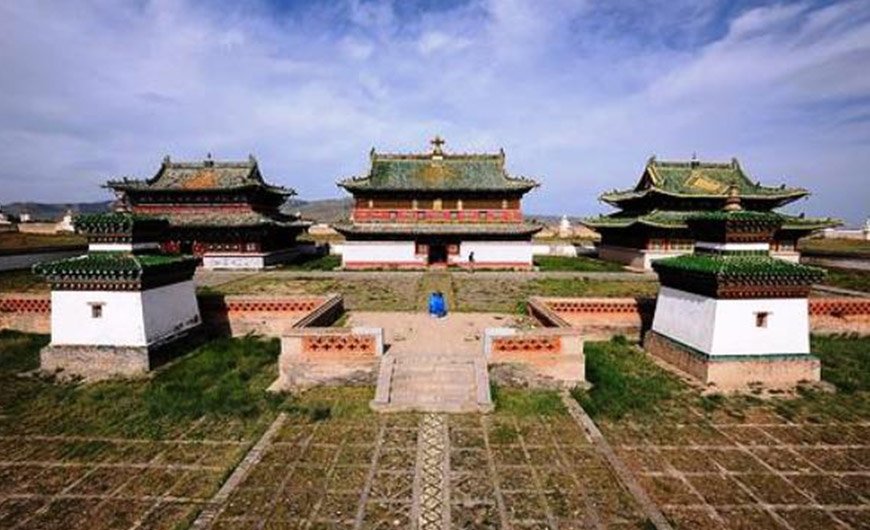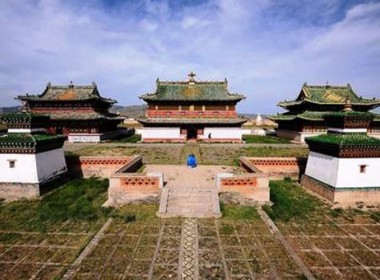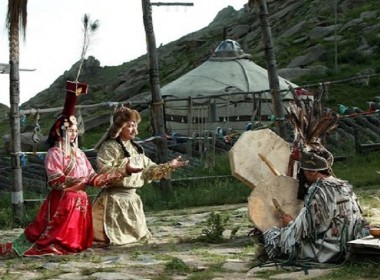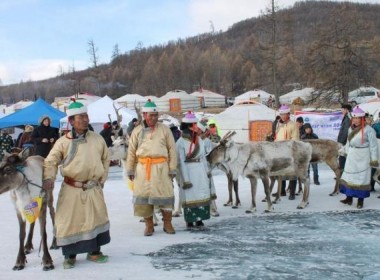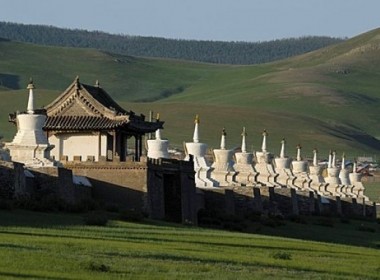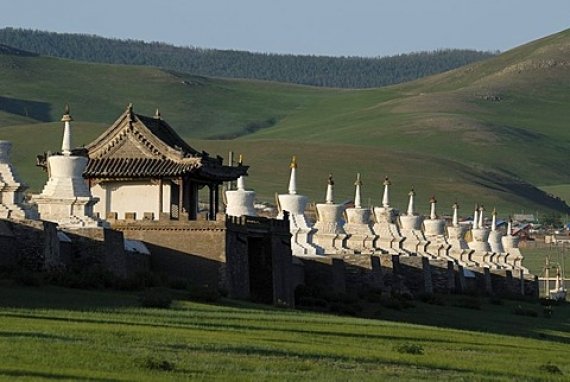Southern part of Mongolia Gobi
Southern part of Mongolia Gobi
Southern Mongolia | Gobi Desert
One of the most popular travel routes in Mongolia is the Gobi desert, the habitat of the rarest animals and a unique natural landscape. The Gobi Desert is a vast zone of desert and desert steppe covering almost 30 percent of the Mongolian territory. The area is often imagined as a lifeless desert like in many other parts of the world. In reality, most part of the Gobi Desert is a land of steppes, sands, mountains and it is the home for camel breeders rich with wildlife and vegetation. Wild asses, camels, snow leopards, mountain sheep and gazelles flourish here, as do different types of flora. Dinosaur skeletons and their petrified eggs have been preserved here to the present day.
Khongor Sand Dunes
Khongor sand dunes stretch from the southernmost corner to the far west of the country. The dunes rise abruptly from the plain, in some places reaching a height of 200 meters, and extend over an area between 2-20 km in width and 180 km in length. There is a small river called Khongoryn Gol, with dark green banks full of flowers along the side of the dunes. When it is windy some of the dunes give a strange sound like the engines of an aero plane, for which they are named the “singing dunes”. There is an excellent possibility to ride camels near the dunes.
Yol Valley - Gobi Gurvan Saikhan national park
Gobi Gurvan Saikhan (Three Beauties of Gobi) national park is situated in the west of the city of Dalanzadgad in Umnugobi province.
The park was protected in 1965 for reserving the beautiful nature of Yol valley of the East Saikhan Mountain. In 1993, by Parliament resolution No.83, its territory was extended by further including territories of Khongor Sand Dunes, as well as precious paleontological sites of Nemegt, Khermen Tsav, and Zulganai river.
It is comprised of 27 million hectares in area. The land of caves and mountains is 2,400-2,600 meters above sea level.
Zuunsaikhan, Dundsaikhan, Baruunsaikhan, Bayandalai, Zuulun, Sevrei and Nemegt of the Gobi-Altai mountain grows the special flower and plants. Southern cool plants and Central Asian dry plants are found in this mountains range.
The area is rich in Fauna. There are mountain sheep, goats, leopards, black-tailed marten of cliffs, lynx, wildcats, squirrels, white gazelles and other mammal animals.
Yol Valley (Vulture Valley): is situated in east north part of Zuun Saikhan mountain. This area has been main attraction of tourists for many decades. Very wide at the entrance, it narrows gradually into a remarkable gorge. A spring two or three kilometers long winds its way through the defile and in July, freezing into a thick corridor of ice that stretches along a considerable distance.
Dungeneegyn Am: is located in southwestern part of Zuunsaikhan and Bayandalai soum. The area's length is 12 kilometers. There are cliff, canyon, caves and rivers. It is one of the tourist attractions. Tourists can see mountain sheep and mountain goat in here.
Khongor Sand Dunes: are the largest and most spectacular sand dunes situated in Sevrei soum. Also known as the "singing dunes", they are up to 800 m high, 20 km wide and about 100 km long. The spectacular dunes are bordered by lush green vegetation supported by a small river Khongor, which is fed by underground sources from surrounding mountains.
Bayanzag There are many findings of archeology, remains of ancient city, monasteries, wreck, graves, burial-mound, cave paintings, petroglyphs, and stone figures. Khermen Tsav and Nemegt Mountain are home to world reknown discoveries of lizard of Cretaceous-era dinosaurs.
Moreover, 30 new findings such as ancient mammals, dinosaurs, tortoise and crocodile were found from 20 different areas such as Nemegt, Altan uul, Bugyn tsav, Khermen Tsav, Naranbulag, Ulaan Khongil, Tsagaan Khoshuu, Togrogyn Shiree, Unegen Khongil, Tsonj Shurguul, Ukhaa Tolgoi, Udan Sair and Gilbent.
Bayan Zag or Flaming Cliff
The Flaming Cliffs site, also known as Bayanzag (rich in Saxaul), with the alternative Mongolian name of Mongolian: Улаан Эрэг (red cliffs), is a region of the Gobi Desert in the Ömnögovi Province of Mongolia, in which important fossil finds have been made. It was given this name by American paleontologist Roy Chapman Andrews, who visited in the 1920s. The area is most famous for yielding the first discovery of dinosaur eggs. Other finds in the area include specimens of Velociraptor and ethereal mammals. It is illegal here to remove fossils without appropriate permits.
The red or orange color of the sandstone cliffs (especially at a sunset), hence the nickname.
Dinosaur fossils
The following are dinosaur fossils that have been found in the Flaming Cliffs.
Theropods:
• Ornithomimids: Gallimimus, Deinocheirus
• Tyrannosaurids: Alioramus, Tarbosaurus
• Maniraptorans: Velociraptor, Saurornithoides, Mononykus
• Therizinosaurid: Therizinosaurus
• Oviraptorids: Oviraptor.
Ornithischians
• Hadrosaurids: Charonosaurus, Saurolophus
• Ceratopsians: Protoceratops
Tsagaan Suvraga ( White Stupa )
The scarp of Tsagaan Suvarga is located in Ulziit soum of Dundgovi province. It is interesting to see the sheer slope, facing east, which from a distance seems to be the ruins of the ancient city. The cliff is 30 meters high and 100 meters wide. Over thousands of years the wind has created this amazing structure.
It is sheer slope and was an old seabed with sedimentary structure created by millions years and the different colors of the ground represent different times.
The formation is over 50m in its highest point and continues 400m.
There is a site to explore where is Del uul (Back Mountain) for seeing rock drawings of Bronze Age. This is considered to be largest site of Rock drawings in Central Asia.
Khermen Tsav
In the Gobi, natural miracles are countless and one of them is named Khermen Tsav, a wonderful canyon made of red mud rocks. The spectacular rocky formations of Khermen Tsav are located North the sum of Gurvantes, in the extreme Northwest of the province of Omnogovi, between Mount Sharig at North and Mount Altan at South.
Khermen means "wall" and Tsav means "fissure". Thousand of years of erosion formed this majestic canyon, in which rocks are balanced 30 metres (98,43 feet) above ground. The canyon stretches on 250 square kilometres (96,53 square miles), and is 200 metres (656,17 feet) deep, but between the lowest point and the highest one, there is a difference in height of 1000 metres (0,62 mile). The colours are a gradation of reds and will delight the photographers.
The first dinosaur skeleton was found in that place. The scientists agree that 200 millions years ago, the place was covered with an inner sea. The American archaeologist Roy Chapman Andrews named this place "The end of the World". Khermen Tsav is famous for its natural beauties, as well as for its bountiful underground fossils of dinosaurs. Besides it's not unusual to find some in the place. At the foot of these sand cliffs, the ground is fully covered with saxauls.
Shar tsav. After you go through Oyu Tolgoi deposit that has made Mongolia known throughout the world you will head to a place called Shar tsav. Shar tsav is situated at the border of Manlai soum of South govi province. This is the only place with clearest footprints of dinasours. These footprints depict picture of small dinasours spinning around larger ones right before a major calamity happened. The smaller ones had footprints like chickens whereas larger ones had footprints as long as one meter. Several hundred such footprints are left in an area with 100 meter in diameter. The gigantic dinasours walked one meter long. The famous journalist G. Badamsambuu was the one who first took a photo of this spot and prepared TV program which was broadcast via Mongolian National Television channel. Since then both foreign and domestic tourists started heading towards this wonderful tourist attraction, Shar tsav is one of the few places in the world with such interesting formation and history.
Moltsog Els. These sand dunes are smaller than those at Khongoryn Els, however it is a popular spot for tourists who cannot go to Khongoryn Els. The area is also worth seeing for its saxual forest with its thick and uniquely shaped wood.
Nemegt Mountain. Nemeht and Altan Mountains are located in the territory of Curvan tes soum which are referred to be a homeland of dinasours. Up until now dinasour fossils are found around these mountains. This soum has many mountains famous for their beauties. There are more areas, which are gorgeous such as Zuun mod, Zulganai, Mermen tsav, Naran, Naran daats, Khailaast having fabulous rivers and oasis. These mountains located 400 kilometers away from South govi province are rich with dinasour fossils. It is said that people had manually excavated gold around 1900s and transported to China through the China Mongolia border. The mountain is called Altan due to its untapped gold resources. This mountain preserves footprints of ancient people who had excavated gold. Eastern and western parts of Nemeht mountain used to be home for mazaalai bears. However, mazaalai bears are becoming almost extinct.
Ukhaa Tolgod oasis. Between Nemegt and Sevrei lies one of the park’s most significant dinosaur discoveries, an inconspicuous fossil-laden cluster of red hills called Ukhaa Tolgod.
Zulganai. West Nemegt Mountain, the Gobi becomes a harsh, herder less desert. Travelers must have knowledge of water sources, like the Zulganai oasis. Gobi is usually assumed to be a desert where there is no border. But people get to notice that water, plants and animals do inhabit in their own ways in gobi desert, as they travel deep into the territory. There is an oasis called Zulganai at the territory of Gurvan Tes soum of South govi province. It is incredible to suddenly spot a small but beautiful oasis in the middle of the gobi. Bamboos and reeds and woody plants of the gobi surround the oasis and animals satiate their drinking needs in the water in the middle of this area. Here deers, antelopes, wild horses and camels, wolves are seen many in numbers. To wonder you may encounter deers drinking water shoulder to shoulder with wolves as they are too thirsty. Oasis is the most dangerous in one hand as they may face any types of enemis and is a lifesaver on the other hand. The Zulganai oasis had had wild boar. However these animals went extinct in the 1960s.
Nemegt canyon. Dry canyons south of Nemegt Mountain provide interesting but strenuous hiking. Fossils, sometimes found on the surface, should never be moved. Nemegt Uul.
Nemegt Badlands. Sprawl below the southern slopes of Nemegt and Altan Mountains. This is dinosaur country, where some of the world’s most dramatic fossil discoveries nave been made. It’s also extremely rugged and remote. A trip here requires self-sufficiency and careful planning. Beyond Nemegt Zulganai, an oasis in the far west where poplar trees and reeds are supported by a small river. In the northwest, near Ikh Bayan Mountain. Bichiegt Valley Is rich in petroglyphs. The area is best approached from Bayankhongor, on the north side. Guides are available through the Bichegt community
Sevrei Mountain. The road west from Sevrei runs along the base of Sevrei Mountain /2631 m/, one of the highest peaks in the Gobi and considered sacred by local people.
Bugiin Tsav Canyon
Trip to Bugiin Tsav Orange & Green Cliffs, which houses for millions of fossils of stones with picture of see animals dated to ancient eras, It seems like original natural museum made by nature itself, Fossils of many different species like dinosaurs, a turtle, a fish and a mollusk along with interesting traces showing their lifestyle lie around the ground everywhere and it really catches researchers’ as well as people’s interest. Skeleton of carnivorous Tarbosaurus found in the area is now being kept as a show in the Museum of Natural History.
Eej Khairkhan Mountain Nature Reserve
Eej Khairkhan mountain nature reserve area, Eej Khairkhan (2275 m) is worshipped by local people in their belief that Eej Khairkhan mountain blesses families with children. The nine green framed stone pools and paintings of ibex, horsemen, and archers are some of the attractions for nature lovers. Explore the highlights of the mountain such as 7 craters with water in the mountain
Bayan Tooroi Oasis - Takhiin Tal steppe of wild horses
Bayan tooroi oasis, where is the interesting flora –specially for big tree with different shaped leaves
Khamar Monastery
Khamar Monastery was established in the 1820's by famous 19th century Mongolian educator and literary figure Danzanravjaa. The Monastery was an important centre of the Buddhist "red sect", and seat of the Gobiin Dogshin Noyon Khutagt ("Terrible Noble Saint of the Gobi").
An outspoken critic of the society in which he lived, Danzanravjaa fought against the rigid class and gender distinctions of his day. He devoted great efforts to the cause of public education, which he promoted at Khamar Monastery through the establishment of an inclusive public school, theatre, museum and library.
The "Namtar duulakh datsan" (story-singing college), established at Khamar Monastery in the 1830s, is recognized as being Mongolia's first professional theatre. The nearby "Khuukhdiin datsan" (children's college) offered basic and vocation, artistic training for local children, who often went on to become singers and dancers, painters, sculptors, and other artists at the Monastery or in its theatre company, In addition Khamar Monastery included a public library, museum, poetry recital hall, and other facilities, making it an important regional cultural centre, in the words of renowned Mongolian scholar Ts.Damdinsuren: "Khamar Monastery was a perfectly harmonious location, having a river
whit many fine trees along its south part and rocky mountains with dozens of caves along its north; and the place was filled with the noise of hundreds of people playing the famous Saran Khokhoo drama...'
The local public was involved in many religious activities held at the Monastery, including the Tsam dance festival and the Amaagiin Gandoi Ergekh ceremony. Under Danzanravjaa's influence women were especially encouraged to participate in these events; Khamar Monastery was unique in 19th century Mongolia as a place where women were accorded greater respect and privileges than men. Reflecting these liberal attitudes Danzanravjaa composed the song Ulemjiin Chanar (Quality of Greatness) - which remains popular today - in praise of a woman's qualities. To the north of the monastery were a series of caves where monks would practice yogic exercises and meditate in isolation for 108 days at a time, hardening their bodies whilst expanding their physical and spiritual powers. At the rear of the present-day monastery is a well initially dug by Danzanravjaa, whose water is believed to be sacred? Danzanravjaa claimed in his Adistet yosnii sudar (Blessed water sutra) that this water was helpful in curing aliments to the stomach, intestines, bile and liver, and provided special instructions for its drinking and use. Fossilized dinosaur bones, petrified wood, and other rare palaeontological remains are widespread in the area surrounding the monastery. Palaeontologists working in the region have dug up most notably a skeleton of the herbivorous dinosaur iguanodon, which lived in the Cretaceous period between 80 and 200 million years ago, At its peak Khamar Monastery consisted of four main sections - East Khuree, west Khuree, Tsokhon. and Dunkher - comprising four colleges (datsan) and the children's school, more than eighty temples, and a resident population of over five hundred lamas. The monastery was completely destroyed by the military in 1938 during Mongolia's religious purge. Khamar Monastery was re-established in 1990s on the initiative of Zuun-Bayan resident S. Zorigtbaatar and others, with the support of the local religious community. Currently two small ceremonial temples and several religious monuments have been reconstructed, with more than ten lamas now in residence at the monastery. Plans are underway to reconstruct more elements of this historic site in the near future. We hope you may enjoy your visit and support our endeavours to revive this valuable part of Mongolia's heritage.









